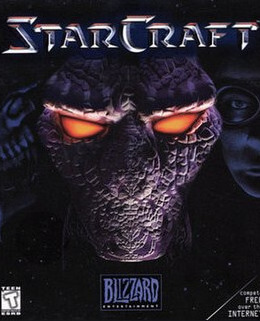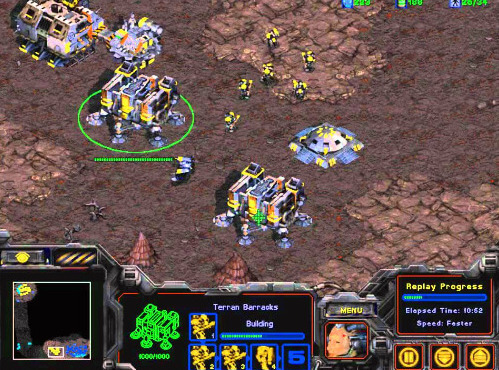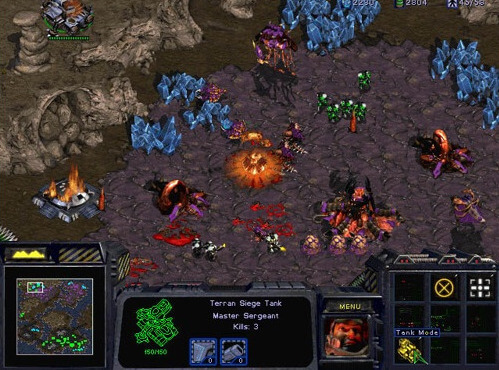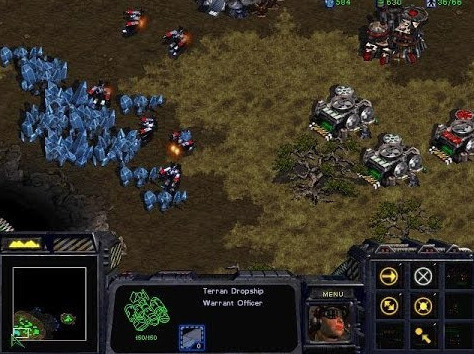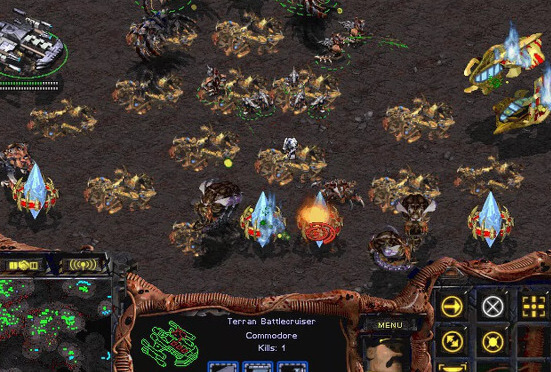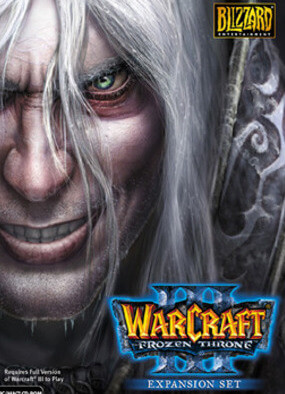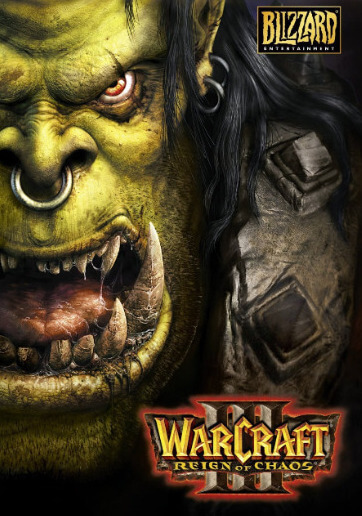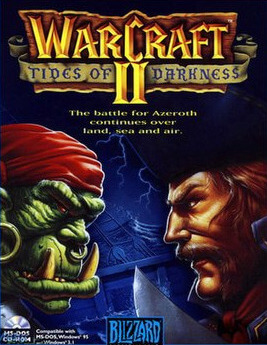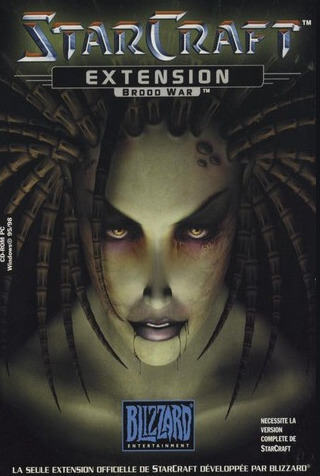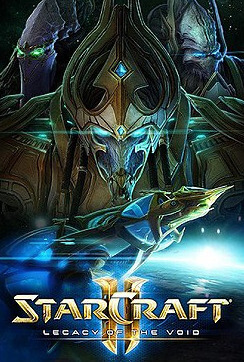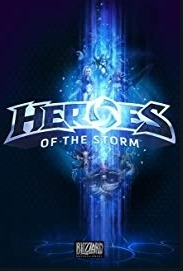StarCraft has had its storyline adapted and expanded through a series of novels published between 2000 and 2016, the expansion pack StarCraft: Brood War, and two officially authorized add-ons, Insurrection and Retribution. A sequel, StarCraft II: Wings of Liberty, was released in July 2010, which generated two expansion packs and a campaign pack between 2013 and 2016, while a remastered edition of the original and its expansion pack was released in August 2017. The original game, along with the expansion, was released for free in April 2017.
Gameplay
Blizzard Entertainment's use of three distinct races in StarCraft is widely credited with revolutionizing the real-time strategy genre. All units are unique to their respective races, and while rough comparisons can be drawn between certain types of units in the technology tree, every unit performs differently and requires different tactics for a player to succeed.
The psionic and technologically adept Protoss have access to powerful units and machinery and advanced technologies such as energy shields and localized warp capabilities, powered by their psionic traits. However, their forces have lengthy and expensive manufacturing processes, encouraging players to follow a strategy of the quality of their units over the quantity. The insectoid Zerg possess entirely organic units and structures, which can be produced quickly and at a far cheaper cost to resources, but are accordingly weaker, relying on sheer numbers and speed to overwhelm enemies. The humanoid Terrans provide a middle ground between the other two races, providing units that are versatile and flexible. They have access to a range of more ballistic military technologies and machinery, such as tanks and nuclear weapons.
Although each race is unique in its composition, no race has an innate advantage over the other. Each species is balanced out so that while they have different strengths, powers, and abilities, their overall strength is the same. The balance stays complete via infrequent patches (game updates) provided by Blizzard.
StarCraft features artificial intelligence that scales in difficulty, although the player cannot change the difficulty level in the single-player campaigns. Each campaign starts with enemy factions running easy AI modes, scaling through the course of the campaign to the hardest AI modes. In the level editor provided with the game, a designer has access to four levels of AI difficulties: "easy", "medium", "hard", and "insane", each setting differing in the units and technologies allowed to an AI faction and the extent of the AI's tactical and strategic planning. The single-player campaign consists of thirty missions, split into ten for each race.
Resource management
Each race relies on two resources to sustain their game economies and to build their forces: minerals and vespene gas. Minerals are needed for all units and structures, and they are obtained by using a worker unit to harvest the resource directly from mineral nodes scattered around the battlefield. Players require vespene gas to construct advanced units and buildings, and they acquire it by constructing a gas extraction building on top of a geyser and using worker units to extract the gas from it. In addition, players need to regulate the supplies for their forces to ensure that they can construct the number of units they need. Although the nature of the supply differs between the races—Terrans use physical supplies held in depots, Protoss use psionic energy channeled from their homeworld via pylons, and Zerg are regulated by the number of controlling overlord units present—the supply mechanic essentially works in exactly the same way for each race (just with differing impacts on gameplay), allowing players to create new units when there are sufficient resources to sustain them.
Base construction
Protoss and Zerg building construction is limited to specific locations: Protoss buildings need to be linked to a power grid, while almost every Zerg structure must be placed on a carpet of biomass, called "creep", that is produced by certain structures. Terran buildings are far less limited, with certain primary base structures possessing the ability to take off and fly slowly to a new location. Terran buildings, however, require the worker unit to continue construction on the building until it is completed. Also, once a Terran building has taken a certain amount of damage, it will catch fire and can eventually burn to the ground without further enemy action if repairs are not performed by a worker unit. The Protoss, by contrast, only require a worker unit to begin the process of transporting a building to the theater of operations via warp, and their buildings' shields (but not their structure) are regenerative. The Zerg worker unit physically transforms into the structure created, which is capable of slowly healing itself.
Multiplayer
Multiplayer on StarCraft is powered through Blizzard Entertainment's Battle.net Internet service. Through this, a maximum of eight players can compete in a variety of game modes, including simply destroying all other players (which may be competitive, as in Ladder play, or non-ranked, as in melee play), to king of the hill and capture the flag objective-based games. In addition, the game incorporates a variety of specialized scenarios for different types of game, such as simulating a football game, using the Terran hoverbike unit to conduct a bike race, or hosting a Zerg hunting competition. StarCraft is also one of the few games that include a spawn installation, which allows for limited multiplayer. It must be installed from a disc, and requires a product key to work just as the full version does. However, one product key can support up to eight spawned installations with access to Battle.net. Limitations of a spawned installation include the inability to play single-player missions, create multiplayer games, or use the campaign editor. Newer releases of the game available through Battle.net or discs that include the Windows Vista label don't support the spawn installation.
